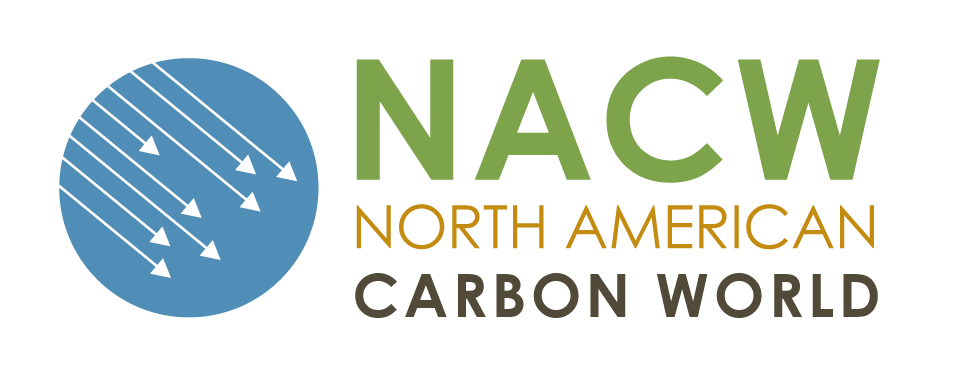In less than 10 years, the Climate Action Reserve and its account holders reduce the equivalent of over 239 billion miles driven
LOS ANGELES, CA – The Climate Action Reserve, North America’s premier carbon offset registry, announced the achievement of a major milestone for the carbon market. Together with project developers, verifiers and market participants, the organization has issued over 100 million offset credits since its inception in 2007. The announcement coincides with the kick off of the UNFCCC climate change conference, COP 23, as the world looks at how the emissions reduction goals under the Paris Agreement will be reached and how non-federal climate action in the U.S. can contribute.
Carbon offset projects are a cost-effective way to reduce emissions, while also allowing non-regulated sectors of the economy to participate in the carbon market. Offset projects such as methane capture from landfills or coal mines, destruction of ozone-depleting substances, and forest management have allowed a variety of industries and sectors of our economy to benefit from the market.
“The collective work completed by the Climate Action Reserve and its account holders has been instrumental in establishing offsets as an impactful tool for addressing climate change, especially considering their work started during a time when the concept of offsets was not fully embraced,” said Linda Adams, Chair of the Climate Action Reserve Board of Directors.
The journey to 100 million offset credits began with the van Eck Forest project and the Garcia River Forest project, which were the first and second projects, respectively, to be registered and issued credits in July 2008. Both projects illustrate the many advantages of offsets and have provided environmental and economic benefits as offset projects.
“As the first registered project under the rigorous forest protocol we helped create with CAR, we wanted the van Eck forest project to show the promise of California’s climate leadership with forest offsets. We took the risk of being first to take the mystery out of this ground-breaking approach, demonstrating both its practicality and its significant climate benefits so there would be a compelling model for others to follow. In the process, we’ve delivered both verified GHG emissions reductions and as well as substantial financial returns for the landowner and major benefits to forest health, habitats for threatened fish and wildlife, and jobs for foresters, loggers, truckers and mills,” said Laurie Wayburn, President, The Pacific Forest Trust.
“The Conservation Fund’s Garcia River Forest project was the second project registered under the Reserve’s original forest offset protocol developed and adopted in 2007. Since the initial issuance of CRTs in 2008, the Garcia project has demonstrated the ability of a rigorous and robust offset program to transform conservation and restoration of cutover forests in California. Revenue from offset sales has enabled the Fund to slow harvest levels, restore timber stands and accelerate watershed restoration over a third of the Garcia River watershed. The project has garnered attention for the varied environmental and economic benefits it provides and it has served as a proof of concept for forest owners and managers around the country and around the world. The Fund is proud to have worked with the Reserve to establish the foundation for California’s pathbreaking efforts to enlist forests in the fight against climate change,” said Chris Kelly, California State Director, The Conservation Fund.
The van Eck Forest and Garcia River Forest projects were the first offset projects in a long line of high quality projects to register with the Reserve and receive offset credits. In reaching the milestone of 100 million offset credits issued, the Reserve registered 399 projects in forestry, livestock, landfill, mine methane, nitric acid, organic waste composting, organic waste digestion, and ozone depleting substances. These projects were located in 43 U.S. states, with the most projects (52) and the most credits issued (22.5 million) in California.
What does 100 million offset credits mean? It’s equivalent to removing over 21 million passenger vehicles driven for one year, avoiding over 240 billion miles driven by an average passenger vehicle or CO2 emissions from over 11 billion gallons of gasoline consumed. It’s also equivalent to avoiding over 106 billion pounds of coal burned, over 14 million homes’ electricity use for one year or over 231 million barrels of oil consumed.
The Reserve has a long, proud history of supporting California’s climate leadership and pioneering climate initiatives to help the state and global community address climate change. The organization’s ties to California date back to 2001 when it was created by state mandate to assist with and promote voluntary emission management and reduction. Over the years, the Reserve has been honored to collaborate with other market participants and supporters to promote offsets as an impactful, economic tool to address climate change. The work has ranged from setting rigorous, transparent standards for how offset project emission reductions are calculated to supporting the continuation of a strong cap-and-trade program in California.
“This milestone underscores the climate impact of offsets, the carbon market’s support of this tool and the opportunity offsets create for different sectors to address climate change. We are honored to have worked with outstanding, dedicated project developers, verifiers, traders and many other market supporters to reach this milestone, and we are looking forward to continuing our work with them to achieve 200 million offset credits issued,” said Craig Ebert, President, Climate Action Reserve. “As we travel that road to 200 million credits, we will continue our work to ensure offsets are upheld to the highest standards of rigor, transparency and integrity and advocate for their integral role in compliance programs.”




